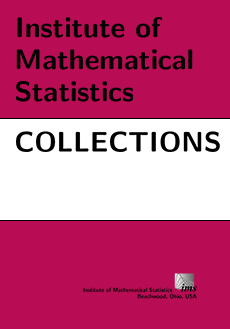Abstract
When conducting a paired 2 × 2 crossover design, each subject is paired with another subject with similar characteristics. The pair is then randomized to the same sequence of two treatments. That is, the two subjects receive the first experimental treatment, and then they cross over and receive the other experimental treatment(s). The paired 2 × 2 crossover design that was used in the Beta Adrenergic Response by GEnotype (BARGE) Study conducted by the National Heart, Lung and Blood Institute’s Asthma Clinical Research Network (ACRN) has been described elsewhere. When the data arising from such a design are balanced and complete – or if at least any missingness that occurs is at random – general linear mixed-effects model methods can be used to analyze the data. In this paper, we present a method based on a pattern-mixture model for analyzing the data arising from a paired 2 × 2 crossover design when some of the data are missing in a non-ignorable fashion. Because of its inherent scientific interest, we focus our particular attention on the estimation of the treatment-by-type of subject interaction term. Finally, we illustrate the pattern-mixture model methods described in this paper on the data arising from the BARGE study.
Information
Digital Object Identifier: 10.1214/193940307000000185


